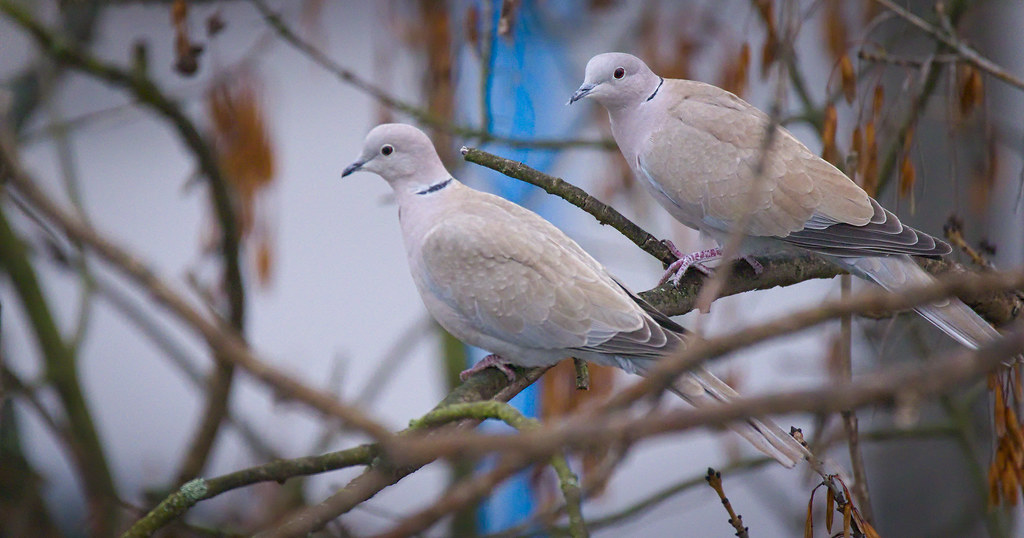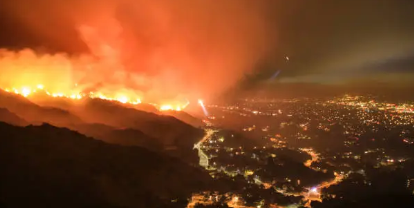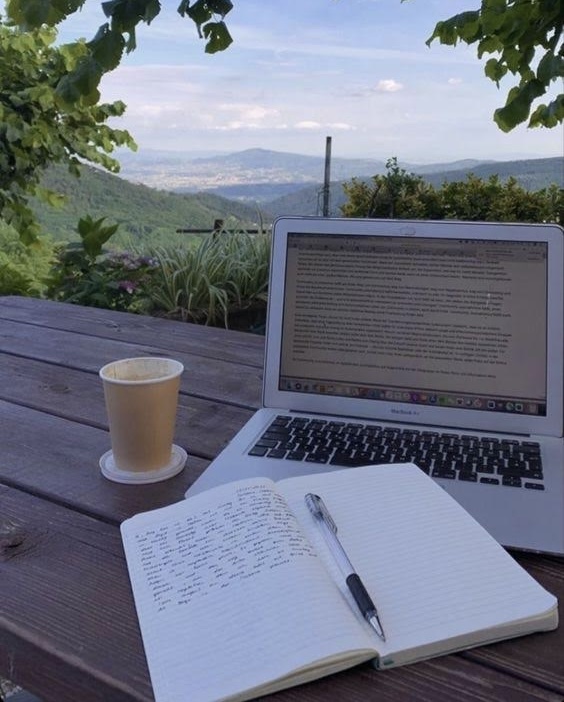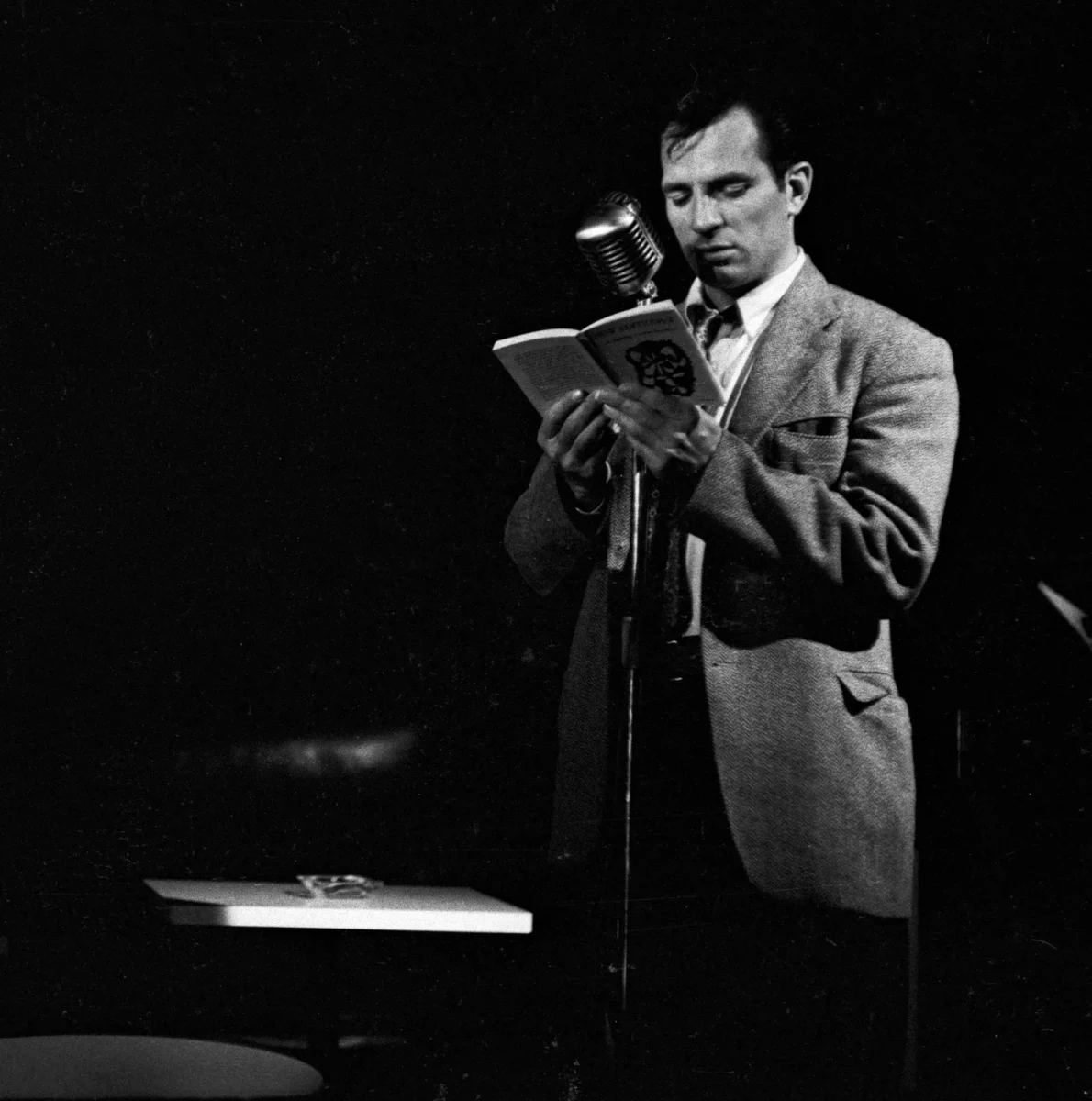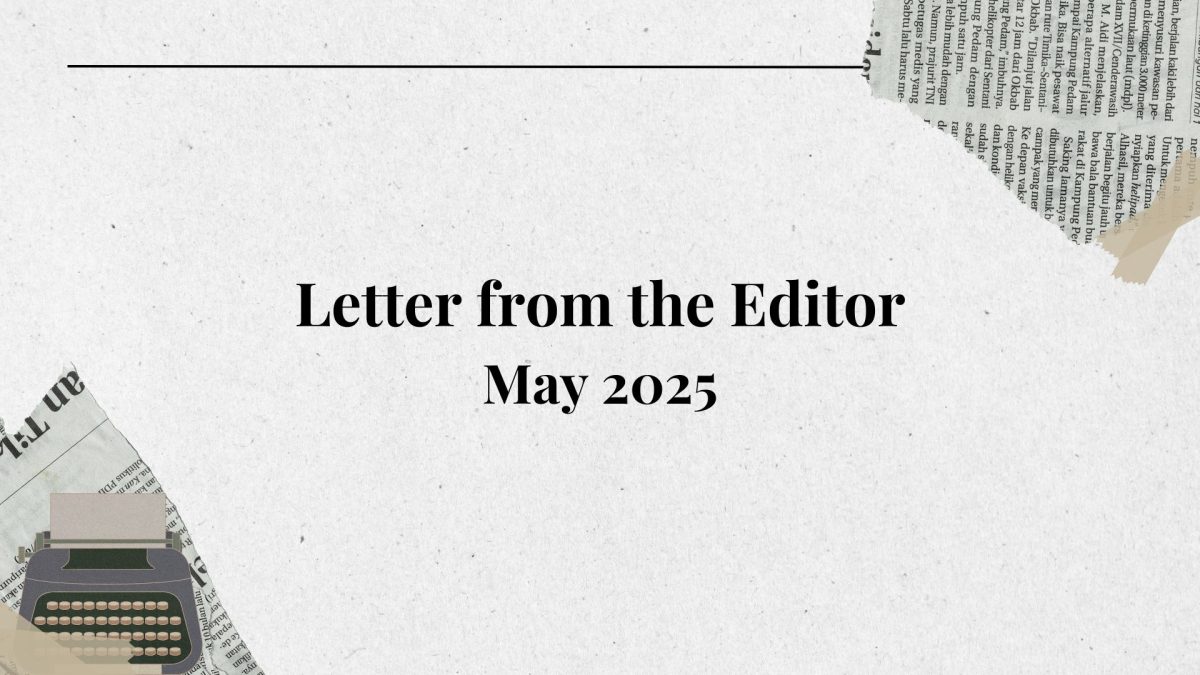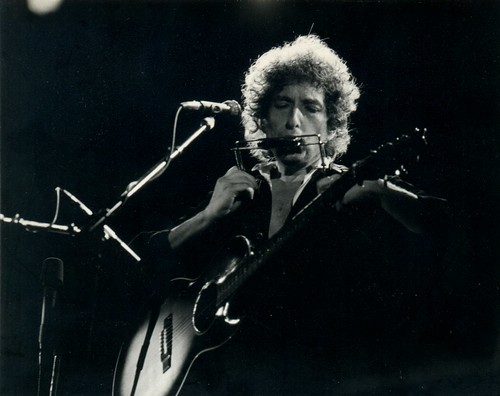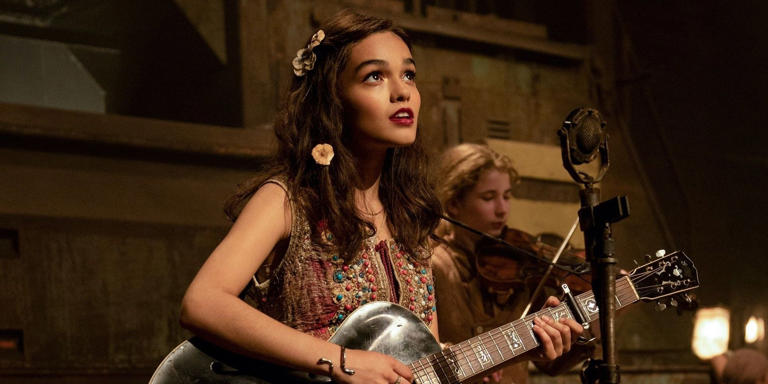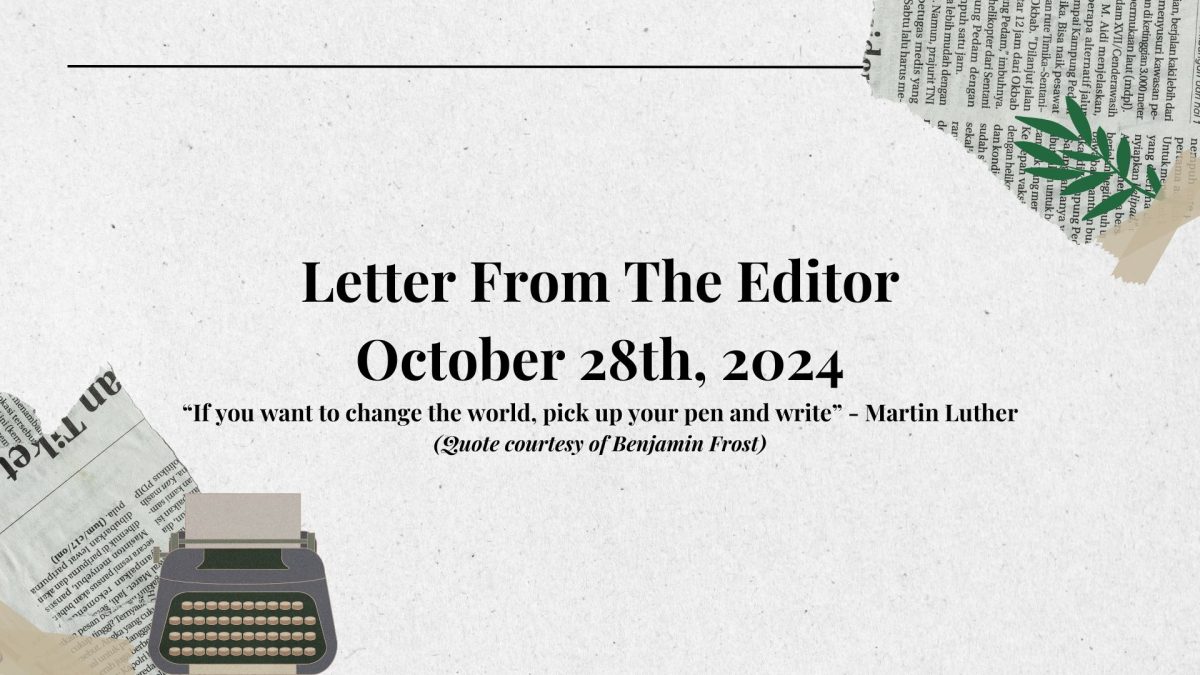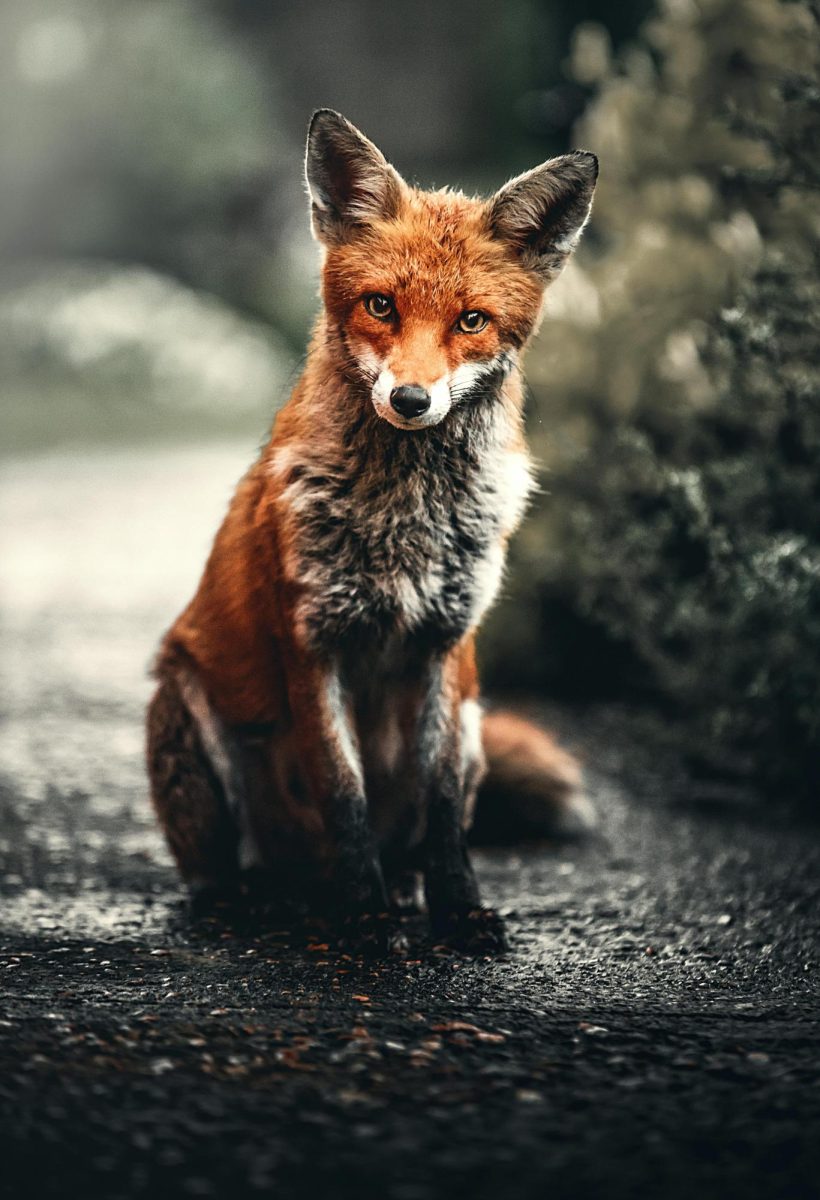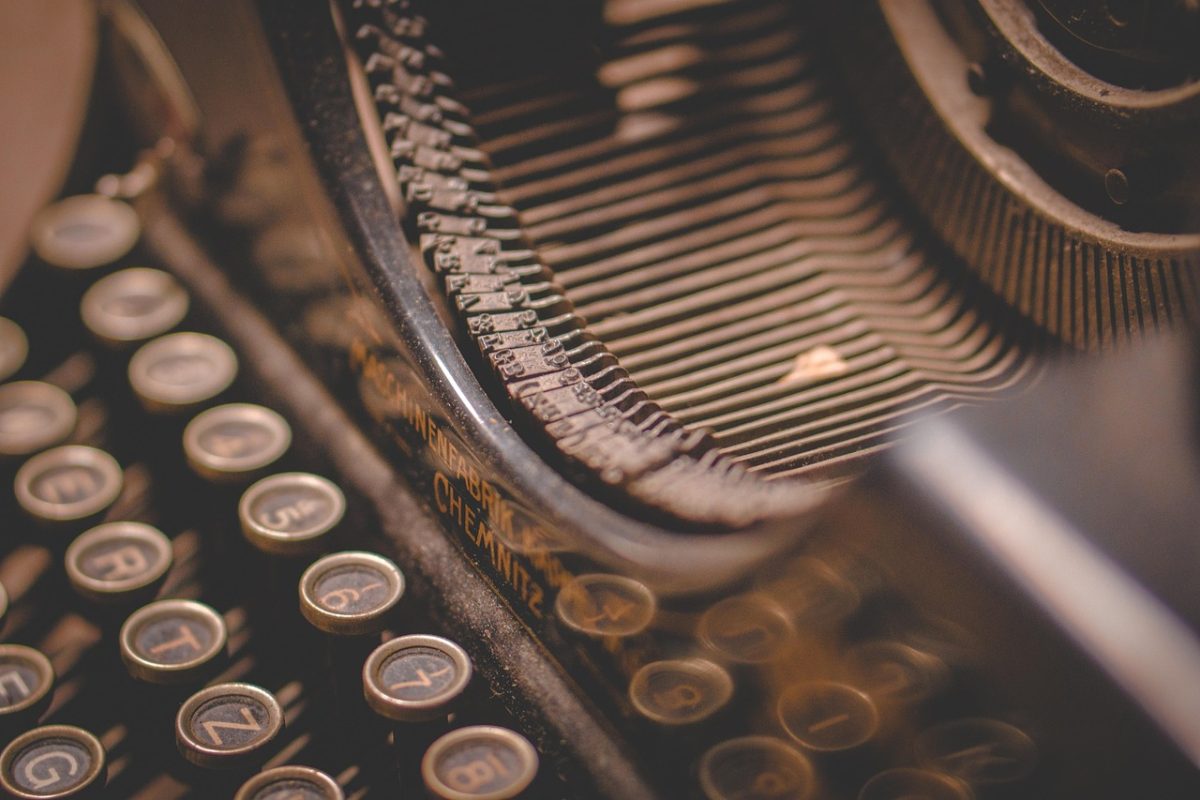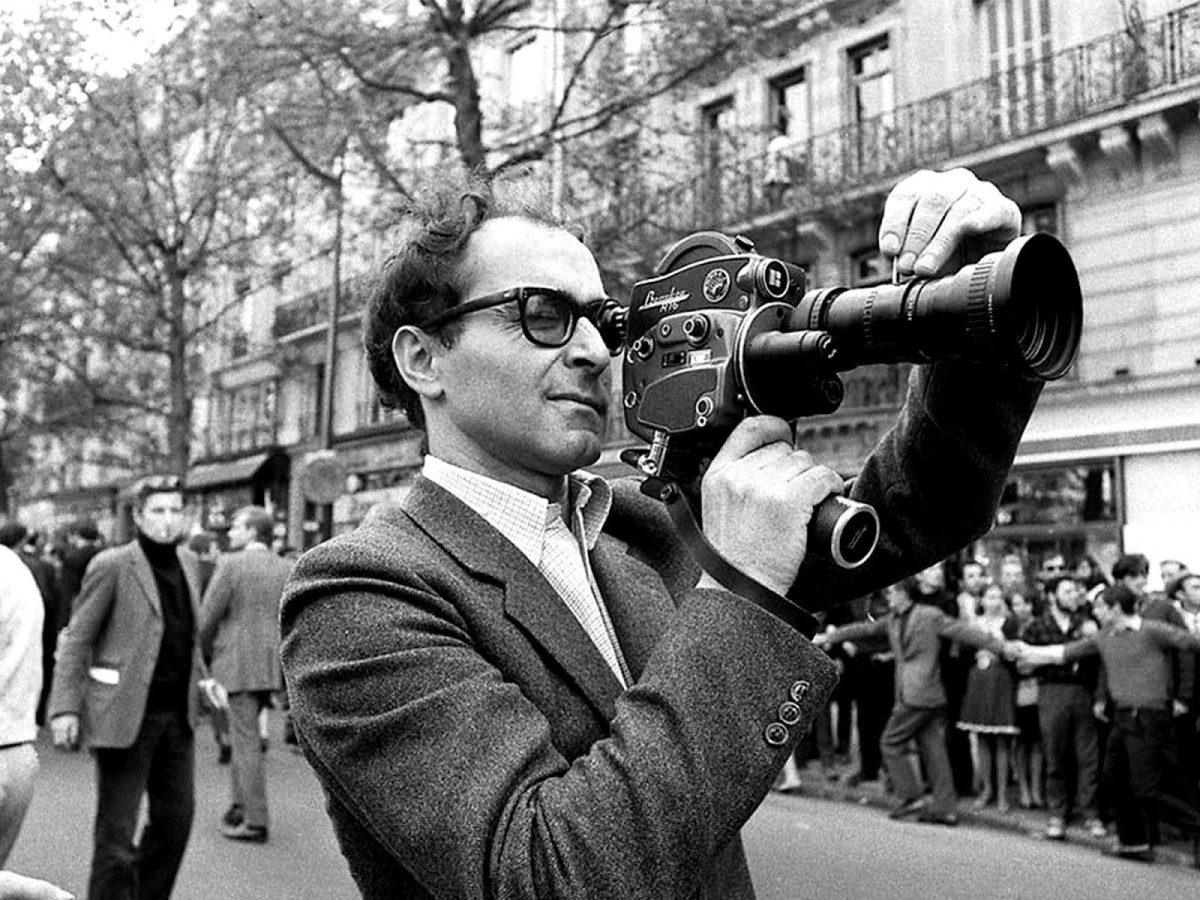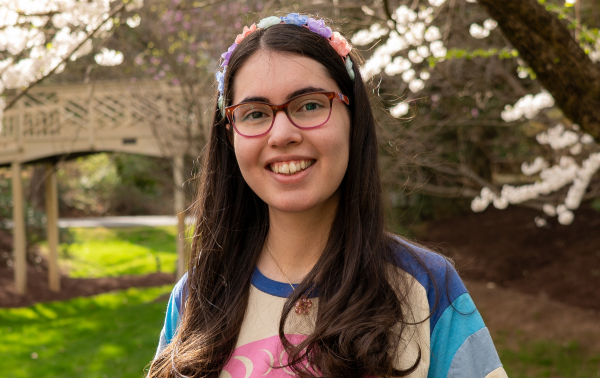Staring at a blank page is incredibly daunting. We’ve all dealt with the struggle to write something that fully captures the story that lives in your mind. You start pressing computer keys, forming sentences, scribbling dialogue, and setting descriptions. You read it again and again. Edit, write, repeat. You do this for hours until you’re satisfied with the result: a story put together with such meticulous care and effort that it must be amazing.
And sometimes the story is fantastic. There are days when our inner geniuses flow out of us, crafting the story with the same emotion and vivid passion that burns in our minds. But other days, something can feel off. “The first draft should be easy,” you think. Yet, a story’s first draft brings dozens of challenges that must be conquered before you can reach the end.
Not all hope is lost, though, as there are many techniques you can try to find the best path to completing your first draft. Author Jane Smiley gives a particularly pertinent piece of advice: “Every first draft is perfect because all the first draft has to do is exist. It’s perfect in its existence. The only way it could be imperfect would be to NOT exist.”
The first draft of your story is not meant to be this instantly amazing, shareable piece of writing. A first draft is a way to get the idea out of your head and into a semi-cohesive set of words. It should be this ever-changing document. These are just the first steps on your journey. Some writers have even taken to calling it their “draft zero,” claiming that it relieves the stress of having to write a perfect story. A draft zero is more detailed than an outline, including scenes and dialogue, but less crafted and in-depth as we might hold ourselves to in writing a first draft.
Speculative fiction writer K.M. Fajardo proposes an alternate approach to writing scenes that aligns well with the concept of a draft zero. “I write dialogue first because it’s motivating. I like to breeze past the daunting “blank page” by simply procrastinating the less exciting stuff (e.g. atmosphere description or scene transitions) and prioritizing the stuff I enjoy,” Fajardo states in a Substack newsletter article about her non-linear approach to scene writing.
Depending on the style of your story, writing the bare outline of a scene with only dialogue can be immensely helpful. A bonus to this method is that you can save yourself precious time. Perhaps a scene isn’t working as intended, and you scrap it all together. But since you’ve only written the dialogue of the scene, not much is lost. This allows you to keep moving forward without mourning the loss of time and effort.
Once you’ve crafted a scene with dialogue, you can start pulling in other elements such as internal monologue and descriptions of actions and setting. It might be cliche advice, but you can’t edit what’s not on the page. Filling in your scenes breathes life into your story. And when in doubt, bracket it out. If you don’t feel like writing a paragraph describing the details of the bedroom your character enters, don’t. Write out [description of bedroom] in brackets. When you go back to revise your work, you can fill in these areas. Using brackets works with everything, from scenes, characters, and location names, to adding description or dialogue.
Part of understanding why it can be challenging to write your first draft is being observant of the exact problems you are facing. Are you having difficulties with the plot or characters? Are certain scenes not flowing? Are you letting perfectionism take over?
For the first two questions, taking some time away from your story to fine-tune the details may help. In some cases, you may even be worrying about draft two issues, which are not necessary details to address in the initial write-out. As for the third question about the much-discussed perfectionism, part of the solution is to learn to trust your editing skills.
Editing is where the magic happens to transform your writing. Go into a writing session expecting that whatever you write must be edited. Try turning the font color white so you can’t see what you’re typing. Whatever pops into your head goes on the page. Then, turn the font color back to black. Go back and revise what you wrote.
Former professional editor, Kyra Nelson said in the blog post, 27 Book Editors Share Their Editing Top Tips and Naughty No-Nos, “Authors tend to feel like revisions should make their manuscript perfect or near-perfect. A good revision doesn’t have to make your manuscript perfect; it just has to make it better.”
Having faith in your ability to revise your draft is a key step towards overcoming perfectionism. Another facet of perfectionism can be imposter syndrome. All writers deal with feeling inadequate compared to their peers or losing the belief that their story could ever be as good as any published book. But we often forget that our favorite authors are just like us. They don’t have any special writing abilities or were born with miraculous powers to write fantastic prose. They put a lot of time and effort into their craft, spending thousands of hours crafting a good book.
That being said, “good” is subjective, as everyone’s opinion on what makes a good story varies greatly. So, we’re throwing “good” out the window of a 62′ Volkswagen Microbus as we race down the highway with one goal: finishing your first draft. It will be a messy ride, but all that matters is that you get to the end. You may end up with a few hitchhikers, crushed snacks in the cracks of the seats, a CD player that exclusively loops a rock n’ roll disc, and plenty of stories about random side-quests you and your crew went on, but you made it.
Alive, I might add.
But if a road-trip analogy still doesn’t convince you that it is ok to write “badly,” perhaps John Green, the author of The Fault In Our Stars, will. According to Green, “I just give myself permission to suck.”
So, try writing a short story with the intention of it being purposefully “bad.” Write whatever weird stuff comes to mind. Write the life story of a stoic piece of banana bread who has accepted its fate but finds comfort in tasting good. Why it should be illegal to wear socks and sandals. Two friends who are fighting over an invisible ice cream cone. Now, these ideas are interesting, but they are also just silly enough for you to hopefully not take yourself too seriously. Write whatever comes to mind. Do not worry if it is “bad” or “good”. Just write.
While writing the often-daunting first draft, take a moment to congratulate yourself. You are bringing your story into the world. You are using your imagination to create characters and worlds that previously didn’t exist. That in itself is a huge achievement. The most important thing to remember when writing your first draft is that it is just the first step in telling your story to the world. As long as you’re having fun writing, the first draft can be a thrilling ride of imagination and creativity!




